Assess your students’ knowledge of subtraction strategies with a subtraction assessment.
Review and Assess Strategies for Subtraction with Ease!
We understand the challenges you may face when trying to find suitable maths activities that cater to the unique needs of your students. We want to make things easier for you, so we have created this review with your needs in mind. This printable assessment is easy to print and use, and it has been thoughtfully prepared to ensure that your students have ample opportunities to showcase their subtraction skills. 📚
Here are a few reasons why this resource is perfect for your maths assessment:
- This thorough assessment covers a range of subtraction methods, such as counting back, using a number line, and decomposing numbers. Your students can show off their understanding and flexibility in tackling subtraction problems. 🧠
- We recognise that each student is unique, so our assessment consists of questions with different difficulty levels. This ensures that all students are equally accommodated, whether they require extra assistance or are prepared for a challenge.
- With clear instructions and a well-organized layout, our printable assessment is simple for teachers and learners.
- The included answer key allows you to quickly and accurately assess your students’ understanding of subtraction strategies. This valuable feedback will help you tailor your teaching and guarantee that every student is on the path to success. 🚀
This resource is the ideal addition to your maths toolkit, and we’re sure that it will save you time and effort and help your students develop a strong basis in subtraction. ✨
Download and Print Your Subtraction Test Today!
Use this worksheet to assess your students’ understanding of various subtraction strategies, including:
- compensation
- jump strategy
- compatible numbers
- standard algorithm.
- And more!
An answer sheet is included.
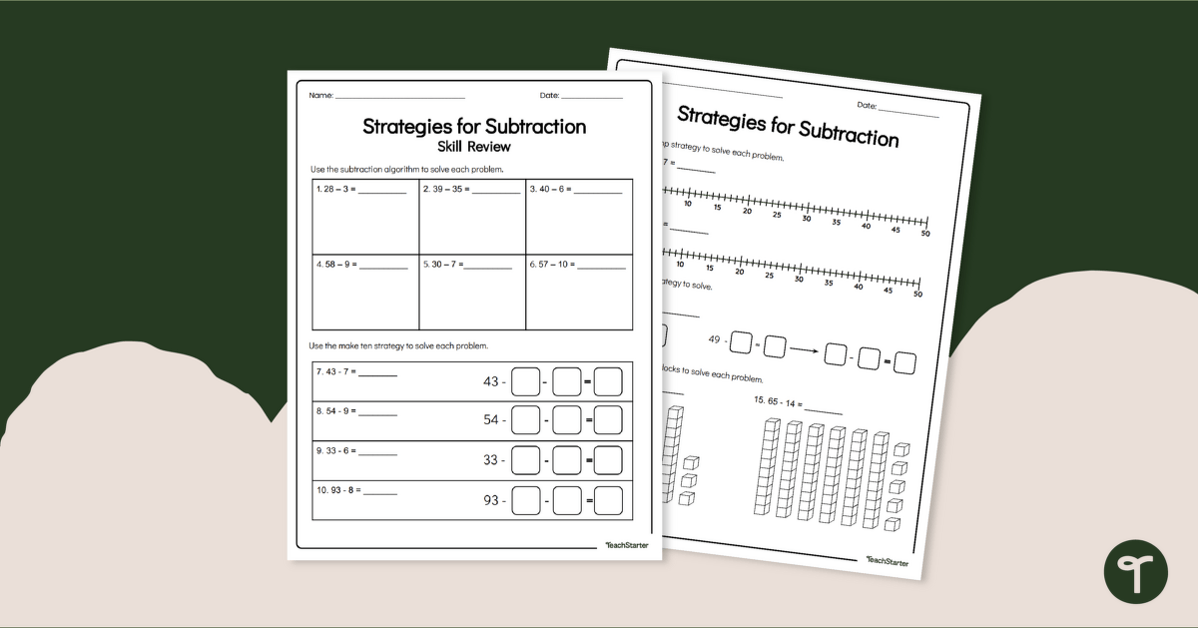

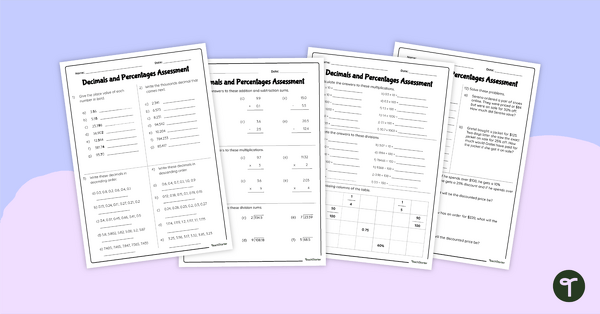
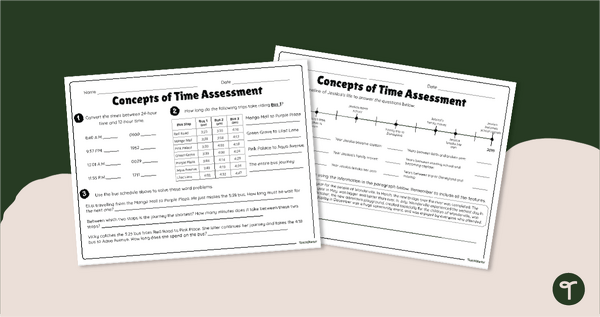
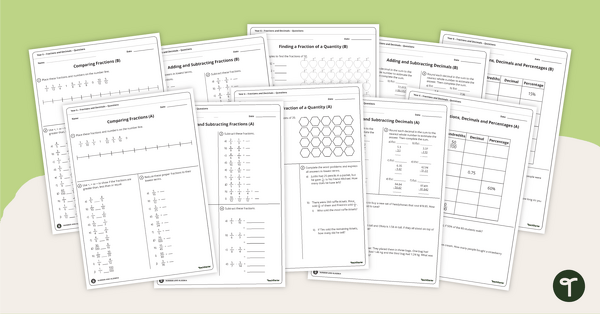
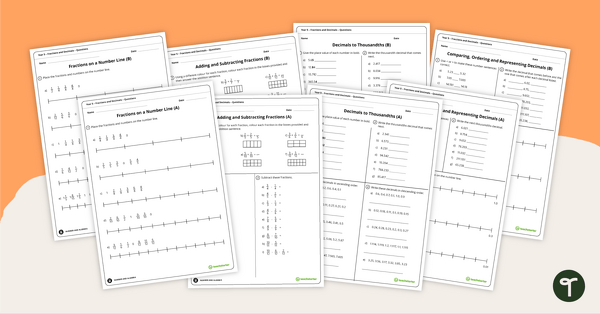
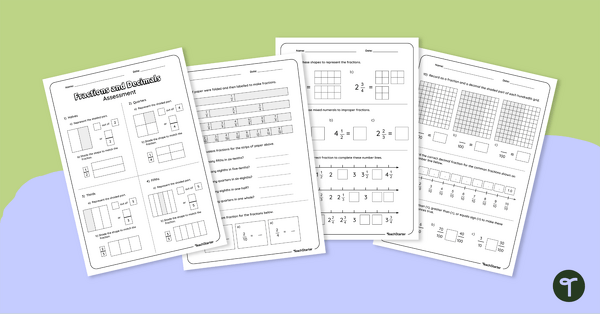
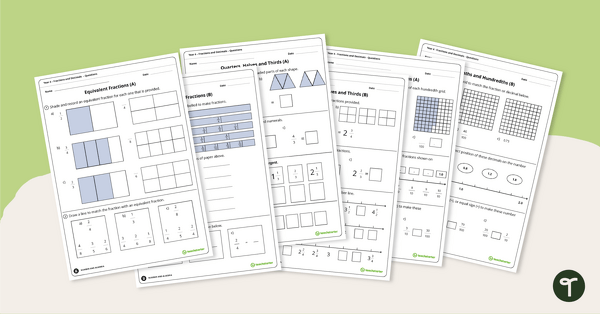
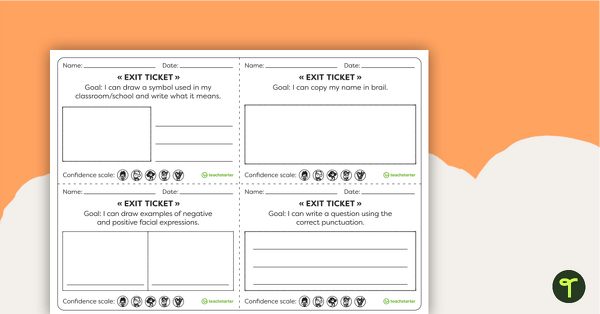
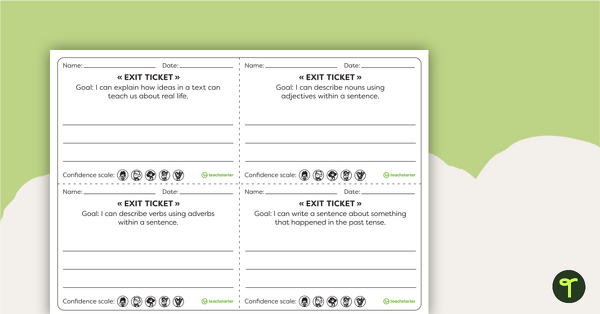
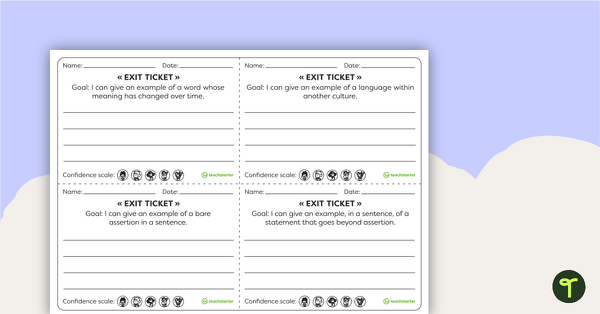
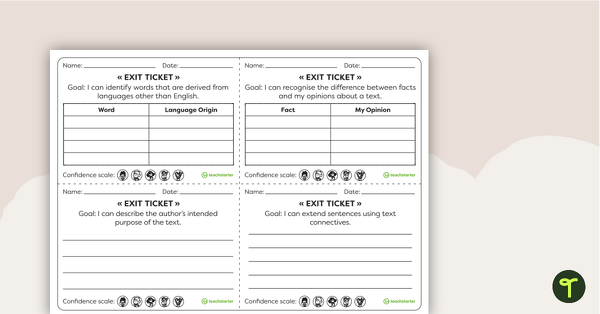
0 Comments
Write a review to help other teachers and parents like yourself. If you'd like to request a change to this resource, or report an error, select the corresponding tab above.